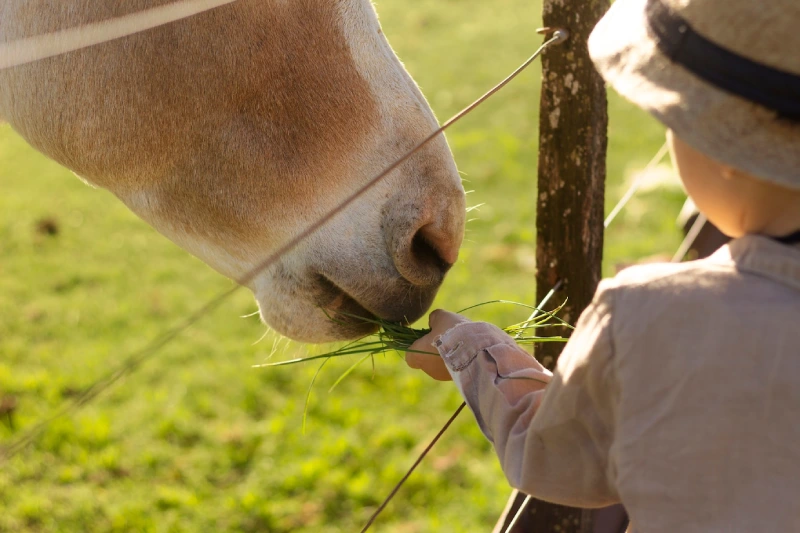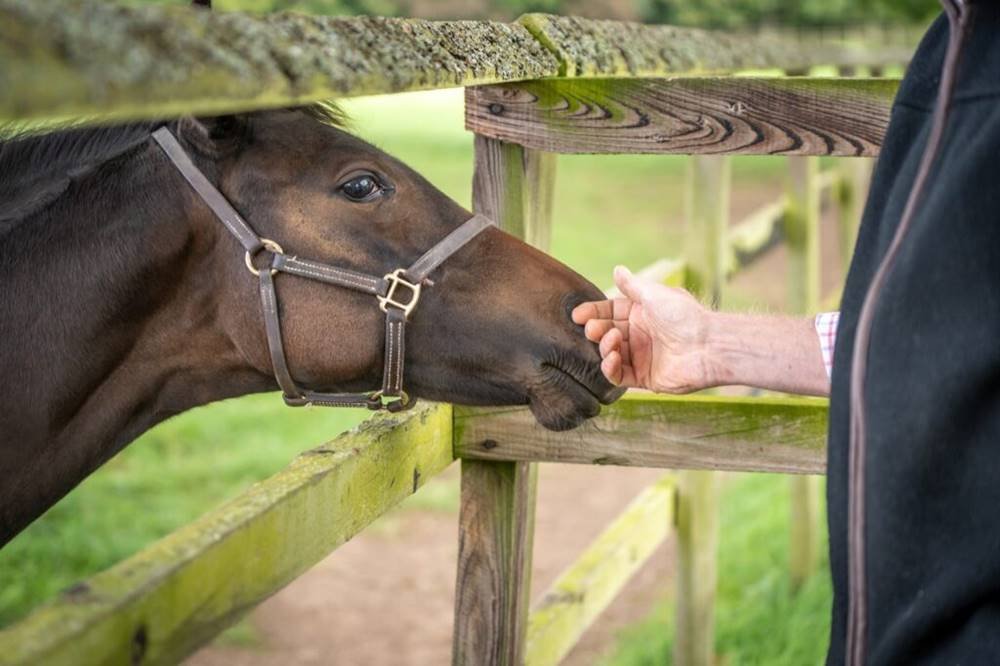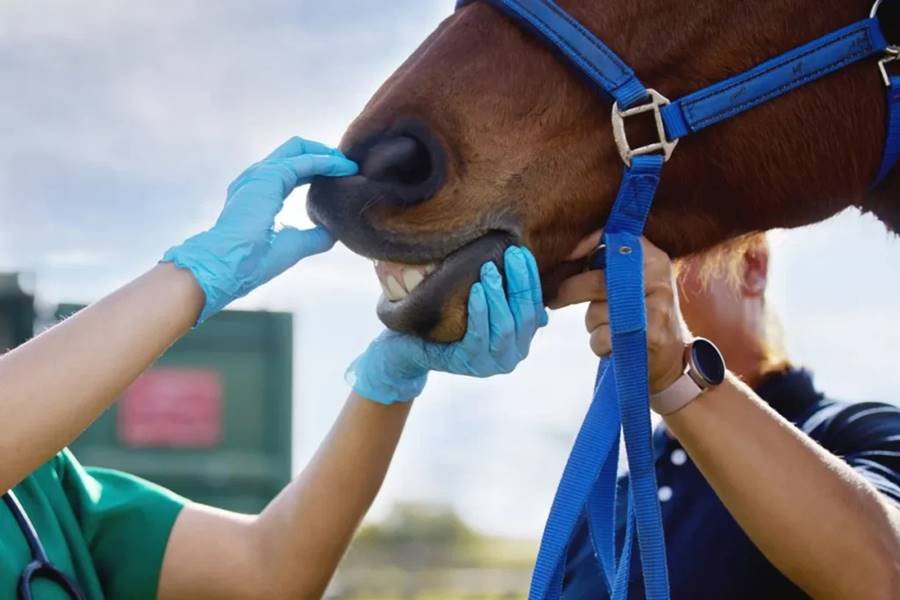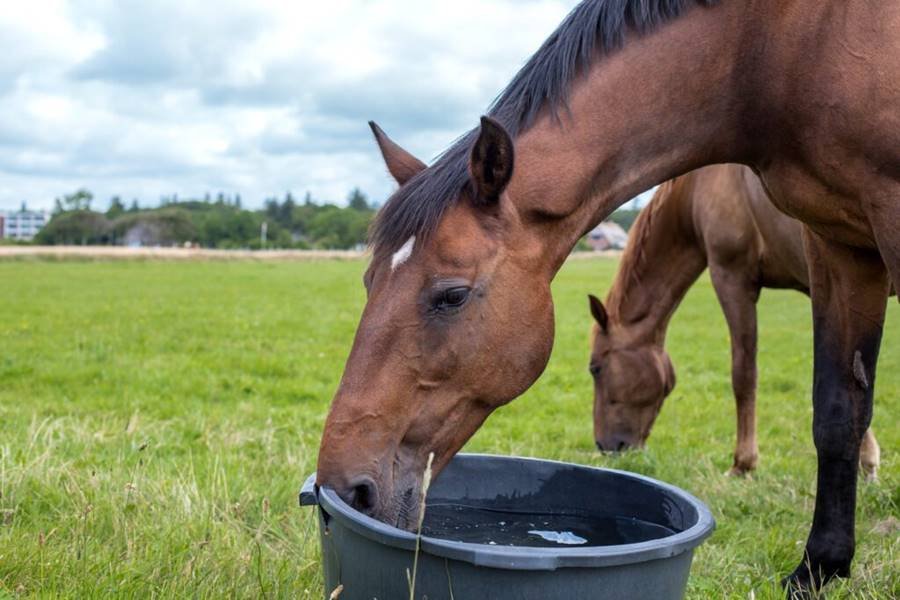Hand-feeding a horse can be a moment of connection, trust, and reward—or it can turn into a bad habit that leads to nipping, aggression, or health issues.
Whether you’re a first-time horse handler or a seasoned equestrian, knowing how, when, why, and what to feed horses by hand is essential to maintain safety and reinforce good behavior.
In this comprehensive guide, we’ll break down the do’s and don’ts of hand-feeding horses, discuss ideal treat options, and explain how this small act can have a big impact on your relationship with your equine companion.
Why Do People Hand-Feed Horses?
Hand-feeding is more than just a kind gesture—it’s often used for:
- Bonding: Building trust, especially with young, shy, or rescued horses.
- Positive Reinforcement: Used in training to reward desired behavior.
- Medical Needs: Delivering supplements, medications, or encouraging eating during illness.
- Enrichment: Providing variety and stimulation in a horse’s routine.
While it can be a valuable tool, it must be done mindfully to avoid negative behavioral outcomes.
When Is It Okay to Feed a Horse by Hand?
You can hand-feed a horse safely under these conditions:
Do Hand-Feed When:
- You’re rewarding a calm behavior or successful training cue.
- The horse is respectful of personal space and not pushy.
- You’re giving medication or supplements in food form.
- The horse is in a relaxed, controlled environment.
Avoid Hand-Feeding When:
- The horse is biting, mugging, or demanding treats.
- Multiple horses are nearby, increasing the risk of competition or aggression.
- You’re unfamiliar with the horse’s behavior or dietary needs.
- The horse has a metabolic condition (e.g., EMS, Cushing’s).
How to Hand-Feed a Horse Properly
Many accidents happen not because horses are “mean,” but because humans feed them in ways that encourage bad manners. Here’s a step-by-step guide:
1. Start With a Flat Palm
- Why? Horses have large lips and big teeth—offering treats with curled fingers can get you accidentally bitten.
- Tip: Hold your hand flat and steady near chest level.
2. Wait for Calm Behavior
- Don’t feed a horse that is pawing, nudging, or pushing.
- Wait until the horse is calm, standing still, and focused.
3. Use a Consistent Cue or Word
- Consider using a voice cue like “treat” or “good” to signal feeding.
- This can reinforce good behavior and prevent confusion.
4. Don’t Overdo It
- Too many hand-fed treats can lead to food aggression or begging.
- Keep sessions short and intentional.
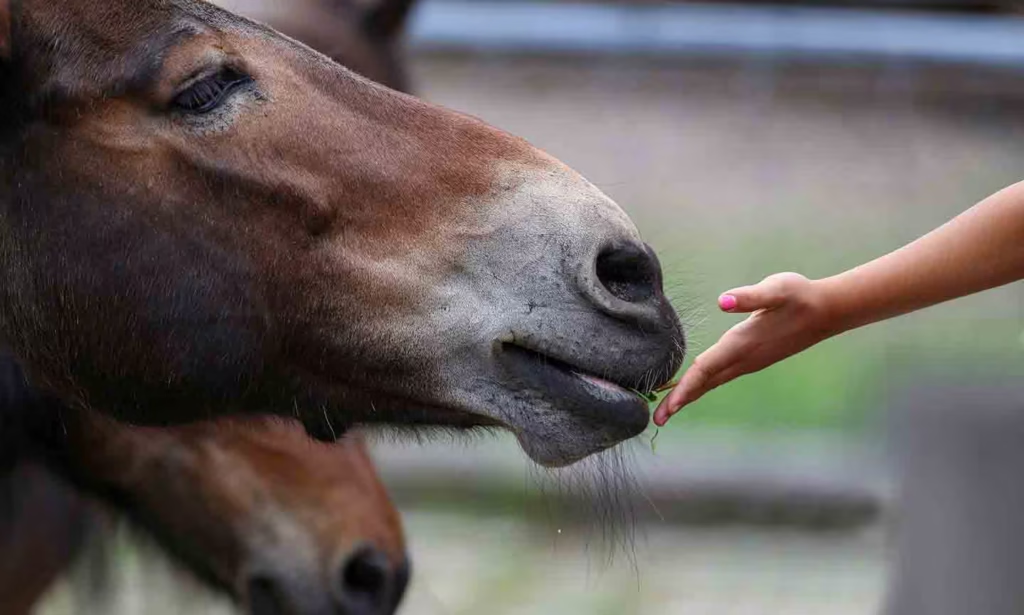
What Can You Safely Feed Horses by Hand?
Horses have delicate digestive systems, so not everything in your fridge or pantry is safe. Here’s a helpful chart:
| Safe Treats (Feed in Moderation) | Avoid Feeding |
|---|---|
| Apple slices (no seeds) | Chocolate |
| Carrot sticks | Bread or pasta |
| Peppermints (infrequent) | Avocado |
| Watermelon (seedless) | Onion/Garlic |
| Bananas (peeled or unpeeled) | Dairy products |
| Horse-safe commercial treats | Tomato leaves |
Note:
- Always cut treats into small, manageable pieces.
- Avoid sugary snacks for horses prone to laminitis or insulin resistance.
When Is the Best Time to Hand-Feed?
Timing matters, especially if you’re feeding as part of a training routine.
Best Times:
- After successful completion of a task or behavior.
- During grooming or bonding time as a reward.
- As part of a scheduled supplement or medication regimen.
Times to Avoid:
- Right before or during high-energy activity (can cause choking).
- Random, unsupervised moments that encourage begging.
Troubleshooting Common Hand-Feeding Issues
| Problem | Cause | Solution |
|---|---|---|
| Horse nips or bites | Inconsistent feeding, fingers in mouth | Feed with a flat hand, don’t reward pushiness |
| Horse becomes aggressive | Overfeeding, unclear boundaries | Set limits, reduce frequency, use treat bucket instead |
| Horse begs or paws | Feeding during bad behavior | Wait for calm demeanor before rewarding |
Benefits of Proper Hand-Feeding
When done right, hand-feeding can:
- Strengthen your bond with the horse
- Support training with positive reinforcement
- Make treatment time easier, especially for picky eaters
- Encourage trust in rescue or nervous horses
Final Thoughts
Hand-feeding horses is a powerful tool—when used with care and consistency. It’s not just about giving treats; it’s about teaching respect, timing your rewards, and understanding the horse’s psychology and physical needs. A small apple slice in the right moment can speak volumes to a horse and become a building block for trust and connection.
So the next time you reach out your hand with a treat, remember: you’re not just feeding—you’re communicating. And with the right approach, that message can be one of trust, training, and genuine partnership.

